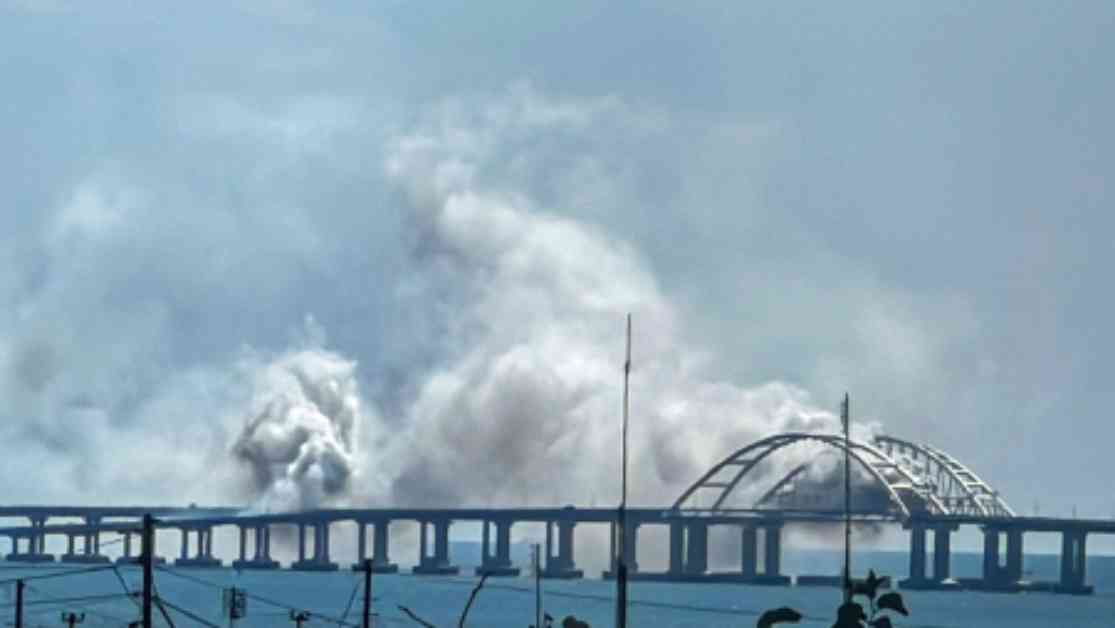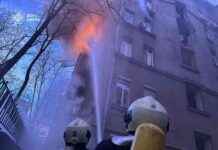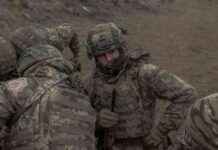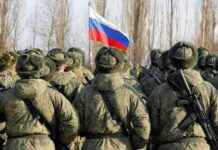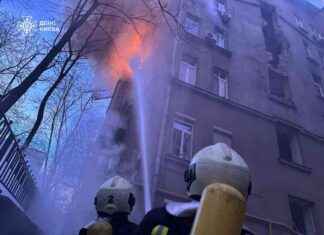The Russian army command has initiated the withdrawal of certain anti-aircraft missile units from Crimea, relocating them deep into Russia in response to increased strikes from the Ukrainian Defense Forces on oil depots and military infrastructure, as well as mounting public pressure within Russia. This shift, as reported by the Atesh guerrilla movement in a Friday Telegram post, indicates a strategic decision to protect key assets while leaving the Crimean territory vulnerable. The move reflects a complex interplay of military strategy, public opinion, and the evolving dynamics of the conflict in the region.
Challenges in Crimea and Strategic Withdrawal
According to the Atesh guerrilla movement, some anti-aircraft missile systems, including units of the 31st Air Defense Division, are already in the process of being relocated from Crimea to new positions within Russia. This decision, while creating critical gaps in the defense of Crimea, is seen as a necessary step given the escalating attacks and the pressure from both Ukrainian forces and public sentiment in Russia. The vulnerability of airfields, military warehouses, and the Kerch Bridge in Crimea is underscored by the withdrawal of these crucial defense assets. The Atesh report highlights the growing challenges faced by the occupying forces in protecting their military infrastructure in the region.
The ongoing conflict in Crimea and the surrounding areas has led to significant losses at oil depots and logistics hubs in Russia, impacting the supply chain for Russian troops. The inability to secure these critical facilities has raised concerns about the combat capability of Russian forces on the front lines. The combination of strikes by Ukrainian defense forces and active operations by partisan groups has further weakened the position of the occupying forces, creating an opportunity for the opposition to capitalize on these vulnerabilities. The Atesh guerrillas see this as a turning point in the conflict, where the balance of power may shift in their favor.
Strategic Deployments and Vulnerabilities
Contrary to the recent withdrawal of anti-aircraft missile units, a mid-January report by partisan groups indicated that the Russian army had deployed additional air defense systems to Crimea to protect key military targets. This move, while enhancing the defense of critical assets, also exposes other parts of the front to potential threats. The reconnaissance conducted by Atesh agents at the “Hvardeyskoye” military airfield near Simferopol revealed a significant buildup of air defense systems, including S-400 launchers and radar stations. The concentration of these assets in Crimea highlights the strategic importance of the region for Russian military operations in southern Ukraine.
The decision to reinforce air defense capabilities in Crimea underscores the delicate balance between protecting key assets and leaving other areas vulnerable to attack. The dynamic nature of the conflict in the region requires constant reassessment of military strategy and resource allocation to adapt to changing conditions on the ground. The partisans’ observations serve as a critical insight into the evolving tactics of both the occupying forces and the opposition, shedding light on the complex interplay of forces at play in the region.
In conclusion, the shifting dynamics of the conflict in Crimea and the surrounding areas reflect a strategic chess game between the Russian occupying forces and the Ukrainian opposition. The withdrawal of anti-aircraft missile units from Crimea, coupled with the deployment of additional air defense systems, highlights the complex challenges faced by both sides in securing key military assets while exposing vulnerabilities in other areas. The evolving nature of the conflict underscores the need for flexibility, adaptability, and a deep understanding of the strategic imperatives driving military decision-making in the region.
